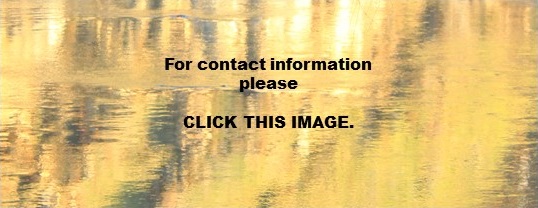It seems like I’ve had a camera in my hand as long as I can remember. I got my first camera, a Kodak 127 Brownie Starmite, when I was 12.
I recall wanting to capture the people and places I experienced so I could hold onto those memories, those faces that even then I realized would be gone one day.
I hoped to remember always what it was like to be in a particular place at a particular moment. Thinking about the history of photography, this has always been one of its greatest appeals: to preserve our past and the people we loved, especially after they are gone.
Over time, that feeling led me to embrace the New Topographics sensibility: a perception of the human imprint on the Earth as one might have toward the archaeological ruins of a civilization long gone, distant in time, detached in a way, but still feeling the struggles of those who were there before us. There are many images on this website of that sensibility.
As I followed that line of exploration, I discovered, studied, and was strongly influenced by Japanese art, especially the concepts of wabi sabi (the appreciation of the beauty of the impermanent, imperfect, and incomplete -- a complete corollary to the aesthetic of the New Topographics), and
ma (emptiness, the space between things, often referred to as negative space in Western art). These things led me to a physical realization of the presence and power of the universal life force (Japanese: ki; Chinese: qi).
Now my goal is to photograph what can’t be seen, to capture images of the life force in pure form.
I want to create images of light— not as mere illumination of an object, person, landscape, or whatever is in front of the camera— but of the light itself. I believe light is the ki of the stars. I strive for the direct abstract depiction of ki, not just some metaphor for it. Life moves by at blinding speed and passes without remorse, leaving us aching at the ineffable beauty of its transience, imperfection, and incompleteness.
I like to think I’m using light like a chisel to create sculptural images—dimensional and yet beyond dimension. I might bend light with lenses and bounce it off objects or surfaces. I move quickly, making many exposures, attempting to capture that exact instant when the life force reveals itself most plainly. I seek to show the genuine and authentic ki around us so we may experience its magnificence in spite of its brevity.
All my work starts with a single-exposure camera capture. I sometimes distill the image using only simple photographic tools—brightness, contrast, saturation, hue—things I might use digitally, in a darkroom in processing, or on an enlarger. I don’t use Photoshop or AI. I find those techniques produce images that are inherently and palpably false, and we can always tell they are such.
I ask the viewer to approach these images as one might contemplate an abstract painting. Although there are sometimes recognizable elements in the images, they are secondary to the overall abstraction.
Although I give titles to some of the images for identification purposes, the actual subject of these photographs is nameless. The first lines of the Tao Te Ching are “The Tao that can be told is not the eternal Tao. The name that can be named is not the eternal name.” Seeking to identify the pictorial subject will only interfere with being able to see the image’s more genuine and deeper meaning. This approach to photography is not new. Minor White said, “One should not always photograph things for what they are, but for what else they are.”
Recently, I have begun to explore the use of precious metals, specifically gold, to breathe a sense of spiritual importance into images that are more representational than the work I usually pursue. I’m presenting some of those images in this show. Using simple things I find in nature, usually during the change of seasons, ranging from trees budding in spring or losing leaves in fall to rivers surging as they crest at flood stage, I add a layer of gold, which I find brings an ethereal glow to these elemental images, and imbues them with a spiritual quality which seems to enrich one’s sense of the power of the ki within them.
Thank you for allowing me to share these works with you.
to the catalog and view other galleries.

Joseph L. Akerman, 2010 - 2026.
All Rights Reserved.



